According to the National Assembly session agenda, on the morning of November 29, the National Assembly will discuss in the Hall a number of contents with different opinions of the draft Law on Value Added Tax (amended).
One of the most concerned issues today is whether fertilizers should be subject to the 5% VAT tax as before.
Inadequacies of current tax policy
According to the Law on Value Added Tax No. 57/1997/L-CTN in 1997, fertilizers are subject to 5% VAT. The Law on Value Added Tax No. 13/2008/QH12 dated June 3, 2008, Article 8-Tax rates, Clause 2, Point 2.b stipulates that fertilizers are subject to a 5% VAT rate.
By 2015, according to VAT Law No. 71, fertilizers are not subject to VAT.
According to the assessment of the Vietnam General Association of Agriculture and Rural Development, after 9 years of implementing the transfer of fertilizer products from the subject of 5% VAT to the subject of no VAT, some shortcomings have arisen.
Firstly, all input VAT of raw materials and services for fertilizer production cannot be deducted and must be included in the cost of products, increasing the cost and selling price of fertilizers. According to statistics from the Ministry of Finance, the amount of input VAT that cannot be deducted and included in the cost of fertilizer production from 2015 to 2022 has reached nearly 10,000 billion VND.
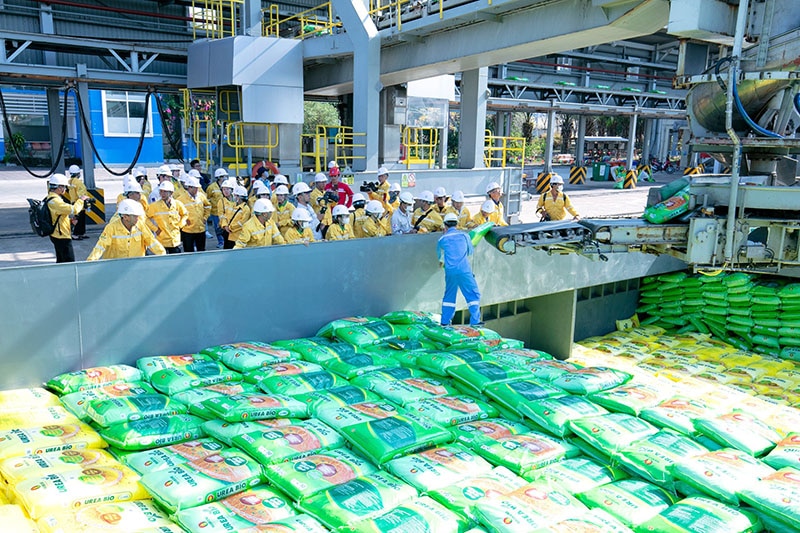 |
| Ca Mau fertilizer exported at the port |
Second, the decrease in investment of domestic fertilizer production and trading enterprises is due to two reasons: Input VAT of technology innovation investment activities is not deductible, leading to increased investment rate and reduced investment efficiency; at the same time, the change of fertilizer products from the 5% VAT subject to VAT to non-VAT subject leads to all input VAT serving fertilizer production and trading not being deductible and having to be accounted for in expenses, causing the profits of domestic fertilizer production enterprises to decrease. This leads to risks for the development of the domestic fertilizer industry, affecting the sustainable development of Vietnam's agricultural sector when domestic fertilizer production technology is backward due to lack of investment, domestic fertilizer production costs are high due to input VAT, and consumers depend on imported fertilizers. Before January 2015 when Law 71 took effect, the total investment projects for fertilizers had a capacity of 3.5 million tons/year, after that time the total investment capacity was only 370,000 tons.
Third, fertilizers are not subject to VAT, leading to uneven competition between domestically produced fertilizers and imported fertilizers when imported fertilizers are not subject to 5% VAT.
If a 5% VAT is applied to fertilizers, according to calculations by experts and projections by a group of listed fertilizer producing enterprises that account for over 50% of domestic consumption output, the price of fertilizers to farmers has room to decrease by 1-5%.
Quantitative fertilizer discount
Based on data from the listed financial reports of 9 fertilizer companies representing fertilizer types (urea, DAP, phosphate, NPK, including Ca Mau Fertilizer, Phu My Fertilizer, Ha Bac Fertilizer, Hai Phong DAP, Binh Dien Fertilizer, Lam Thao Super Fertilizer, Van Dien Phosphate Fertilizer, Ninh Binh Phosphate Fertilizer, Southern Fertilizer) accounting for 57% of total domestic consumption, the quantitative analysis team of the Vietnam Private Sector Competitiveness Enhancement Project (IPSC) has made detailed quantitative calculations.
Currently, the average input VAT rate for urea fertilizer production is 9.3%, NPK is 6.4%, DAP is 8.1%; phosphate fertilizer is 7.7%.
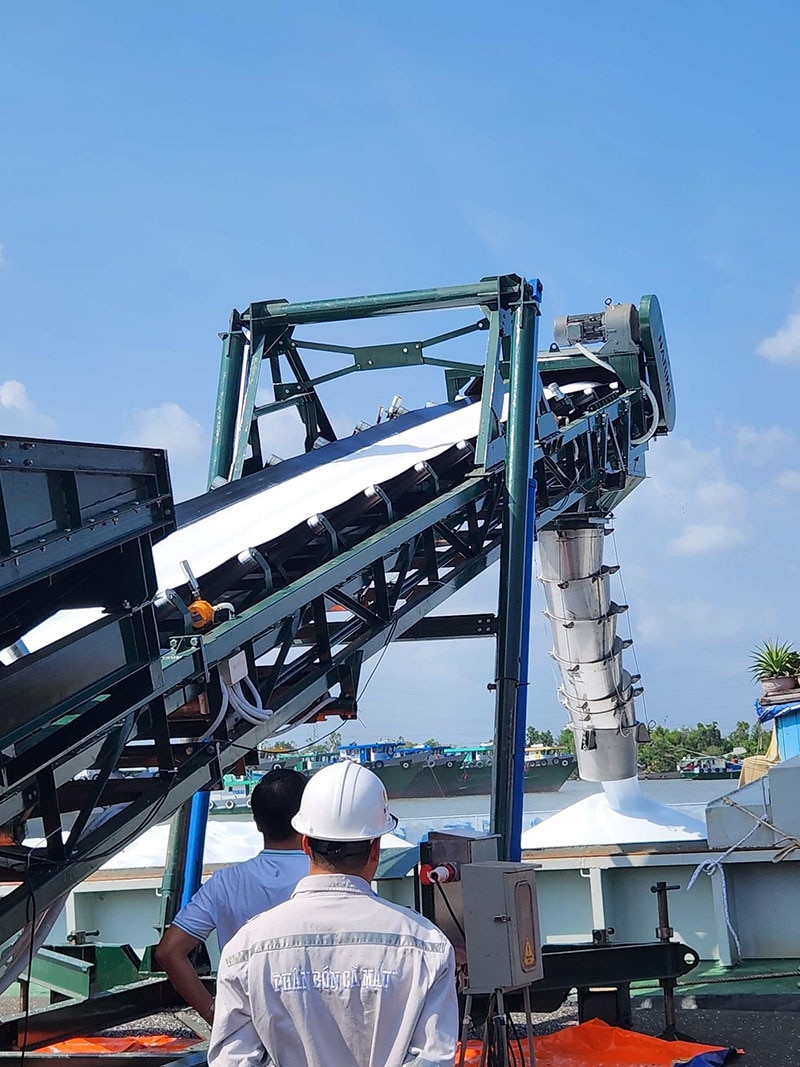 |
| Ca Mau fertilizer is the most complete from product quality to service, warehouse and shipping of exported goods. |
The cost of goods sold/revenue ratio of fertilizer production will decrease when adjusting fertilizer products from non-VAT subject to VAT subject due to changes in accounting methods, enterprises are allowed to separate input VAT from production input costs.
Specifically, when fertilizer is not subject to VAT, the cost price includes input VAT, making the cost price/revenue ratio 78%. When fertilizer is subject to VAT, the cost price is separated from input VAT, making the cost price/revenue ratio only about 71-73% (depending on the type of fertilizer).
Thus, the price of domestically produced urea, DAP and phosphate fertilizers has room to decrease by 1-2%.
“Imported fertilizer prices may increase. However, according to the current fertilizer market structure (domestic fertilizer consumption accounts for 69.2%, imported fertilizer consumption accounts for 30.8%), it will allow domestic fertilizer producers to adjust the fertilizer market price level. The cost of domestically produced fertilizers decreases, the selling price of domestically produced fertilizers has room to decrease, which will create a competitive impact leading to fertilizer importers also having to reduce the selling price of imported fertilizers according to the market price level, bringing great benefits to farmers,” said Dr. Tran Thi Hong Thuy, Head of the USAID IPSC Project Team.
Quantitatively analyzing the State, Ms. Thuy said that if 5% value added tax is applied, the budget revenue will increase by 1,541 billion VND/year, because output VAT revenue from fertilizers will reach about 6,225 billion VND, input VAT deduction will be 4,713 billion VND.
According to the Vietnam Fertilizer Association, since 2015, when the 71st tax law was applied to fertilizers, the domestic selling price of nitrogen fertilizers increased by 7.2 - 7.6%; DAP fertilizer increased by 7.3 - 7.8%, superphosphate fertilizer increased by 6.5 - 6.8%; NPK and organic fertilizers increased by 5.2 - 6.1%... compared to the years when the 5% VAT was applied to fertilizers.
In case the tax regulations return to the previous ones, will the enterprises in the Fertilizer Association be able to reduce their selling prices? According to Mr. Le Anh Tuan, Chief Accountant of Ha Bac Fertilizer and Chemical Joint Stock Company, for many years, Ha Bac Fertilizer has been losing money and production and business have been extremely difficult. Because it is not subject to VAT, enterprises are not entitled to input tax refunds, for Ha Bac Fertilizer alone the amount is about 240 billion VND/year, causing production costs to increase.
If the VAT rate of 5% is applied, businesses that are entitled to tax deductions will have resources to invest, reduce costs, and improve the quality of fertilizers. “If input prices remain stable as they are now, we are committed to reducing the selling price by at least 2-3%,” Mr. Tuan said.
Since the implementation of Tax Law 71, fertilizer prices have increased by 30%. Fertilizers are not subject to VAT, so manufacturing enterprises cannot get a tax refund, and they have added that money to the cost of goods sold. The situation has become even more difficult when input materials are scarce, and affected by the world situation after the Russia-Ukraine war, fertilizer prices continue to increase.
Before 2014, the cost of fertilizer for cultivation on 1 sao of vegetable growing (0.1 ha) was only about 300,000 VND out of a total of 1 million VND including all input costs. But since 2014, the increase in fertilizer prices has caused this cost to increase to nearly 500,000 VND. This means that the cost of fertilizer has increased by 30-35%, eating into farmers' profits.
Thus, removing fertilizers from the list of non-taxable products is not only beneficial but also inappropriate, increasing fertilizer prices.
Since 2014, fertilizer companies have had to cut costs, so they have reduced support programs for farmers in terms of selling prices or field testing activities. Therefore, agricultural producers are at a disadvantage compared to before.
Another concern is the increasing problem of fake fertilizers. When farmers want to reduce costs, they will prioritize using cheaper fertilizers, so many people have taken advantage of that mentality to create lower quality products, mixing in fake ingredients.
Farmers always want to prioritize using fertilizer products produced by domestic enterprises, especially new advanced microbiological and inorganic products, but the selling price needs to be reduced a bit and more stable.
Source: https://baodautu.vn/dinh-luong-tac-dong-cua-viec-ap-thue-vat-5-voi-phan-bon-d228520.html



![[Photo] National Assembly Chairman Tran Thanh Man attends the ceremony to celebrate the 1015th anniversary of King Ly Thai To's coronation](https://vstatic.vietnam.vn/vietnam/resource/IMAGE/2025/4/13/6d642c7b8ab34ccc8c769a9ebc02346b)
![[Photo] Prime Minister Pham Minh Chinh chairs the Government's special meeting on law-making in April](https://vstatic.vietnam.vn/vietnam/resource/IMAGE/2025/4/13/8b2071d47adc4c22ac3a9534d12ddc17)

![[Photo] National Assembly Chairman Tran Thanh Man attends the Policy Forum on Science, Technology, Innovation and Digital Transformation](https://vstatic.vietnam.vn/vietnam/resource/IMAGE/2025/4/13/c0aec4d2b3ee45adb4c2a769796be1fd)

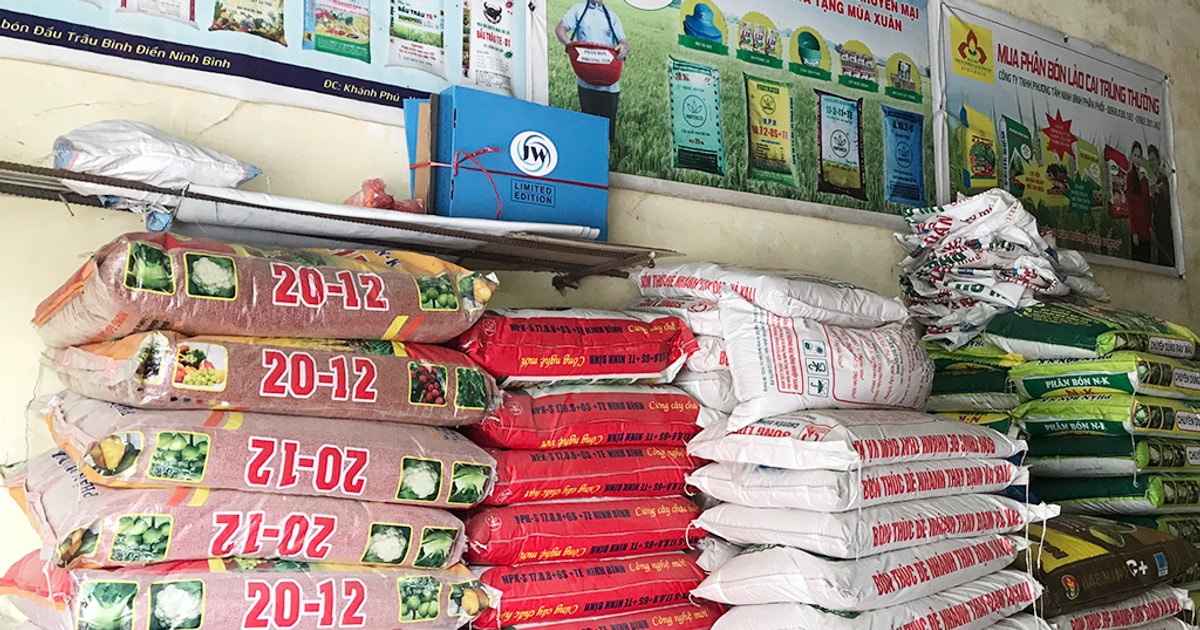
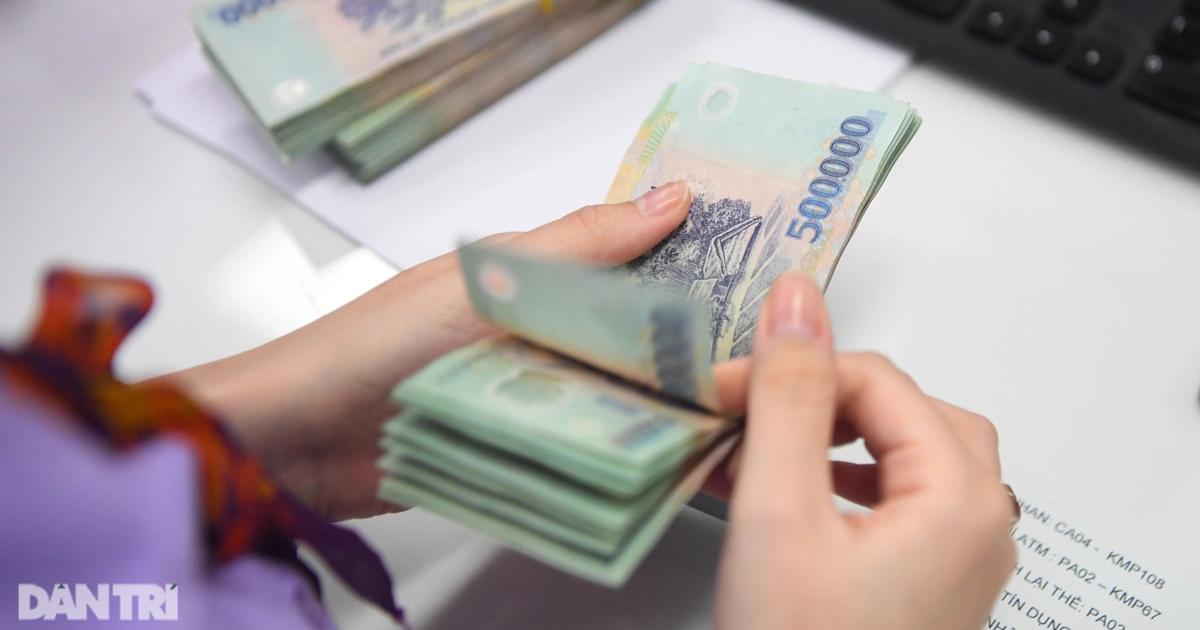

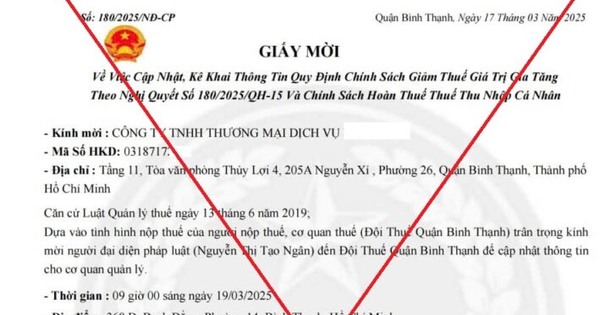

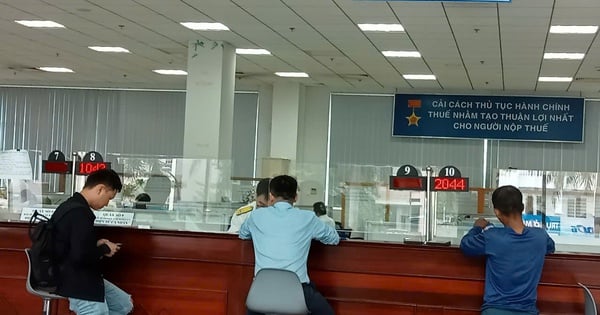


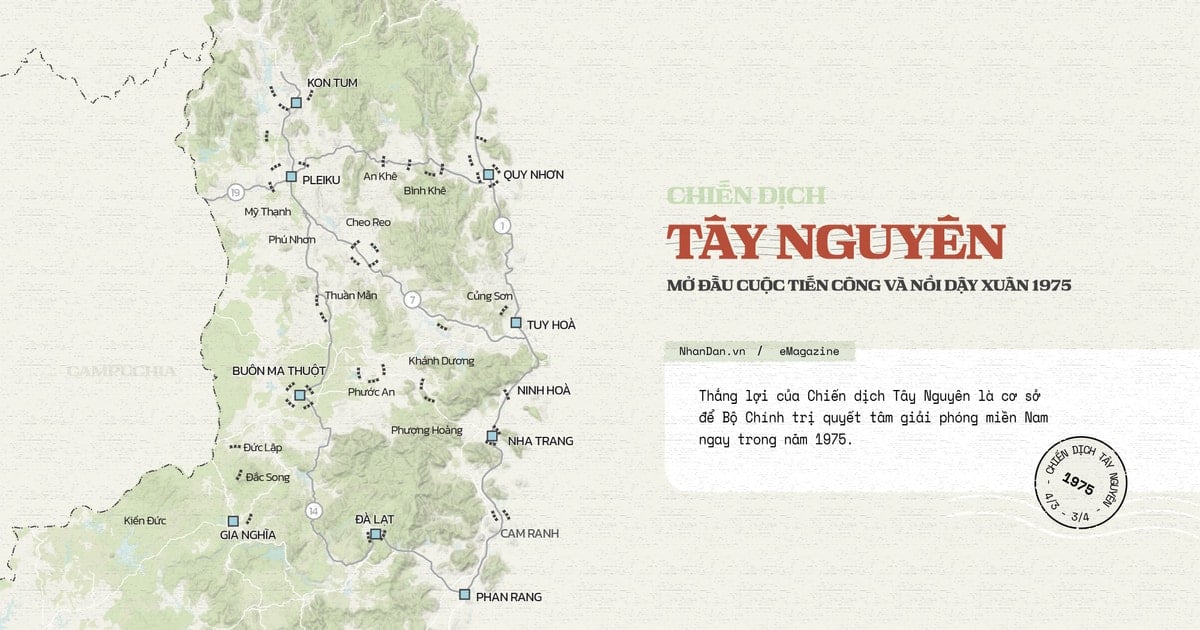
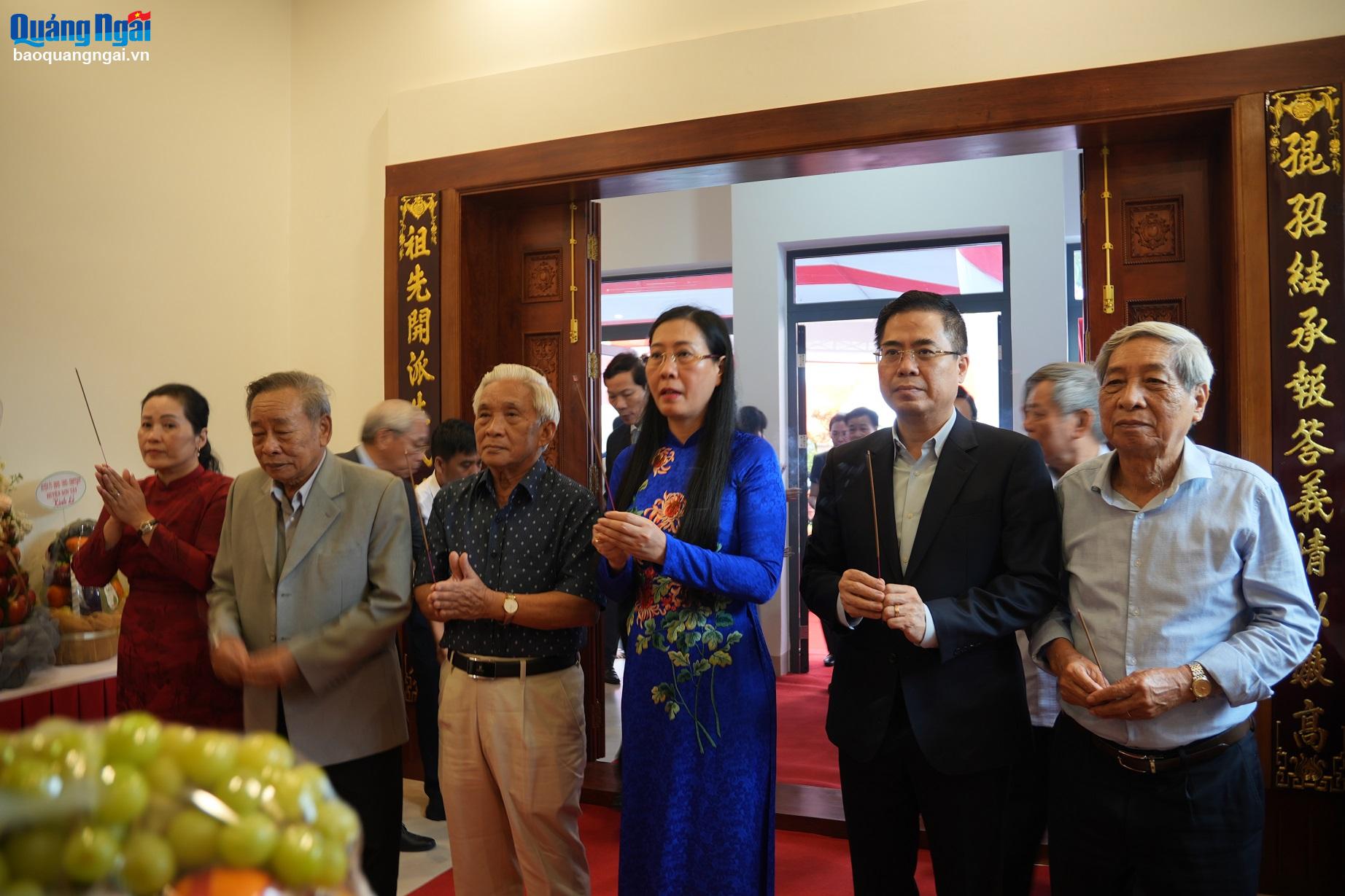

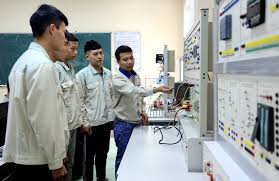
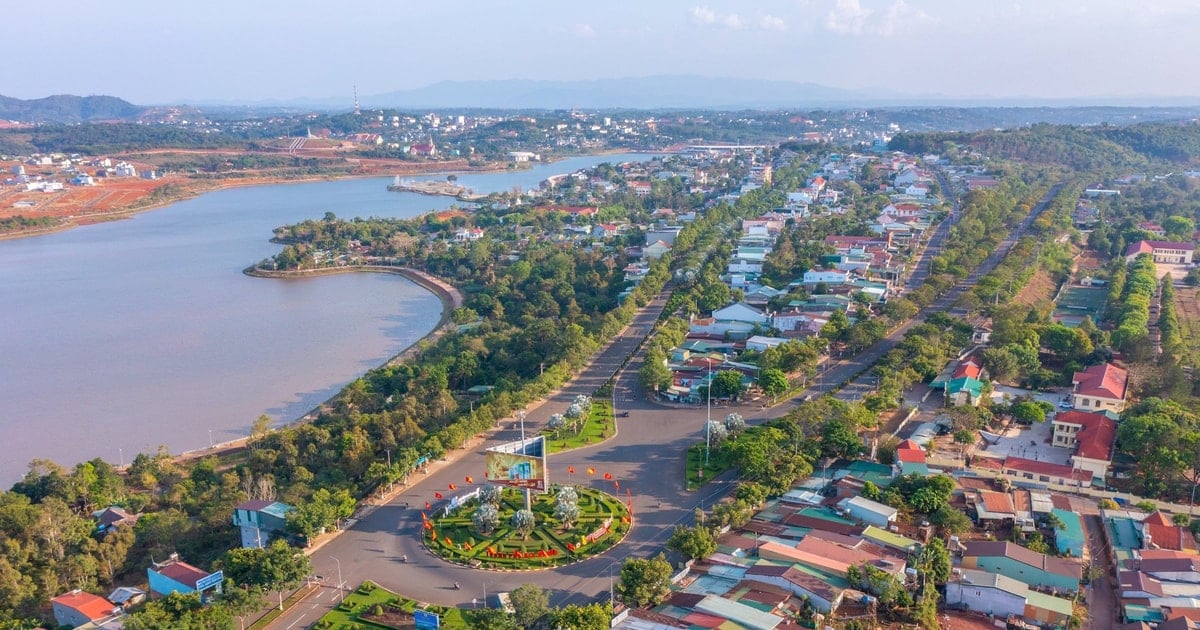




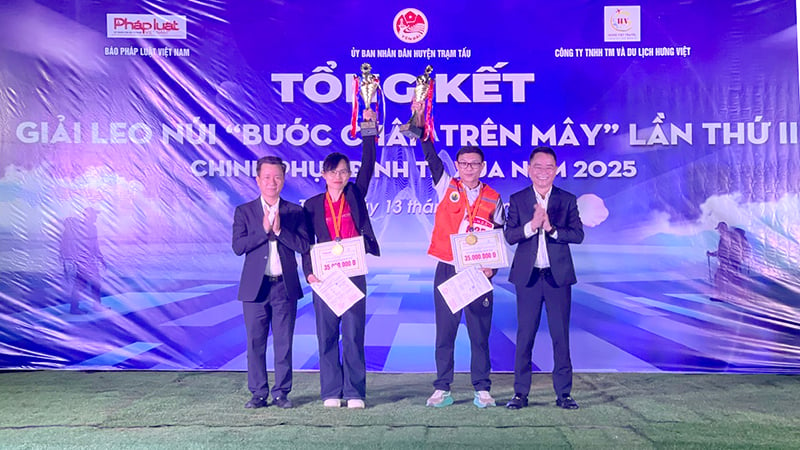



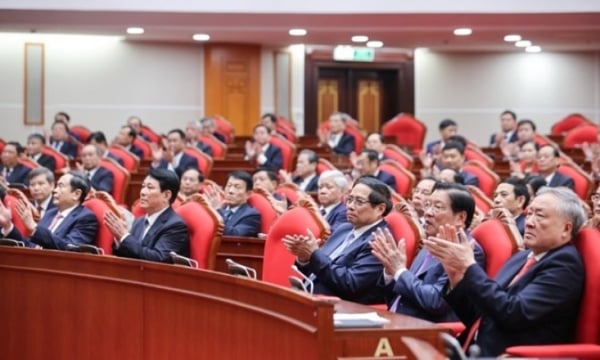


















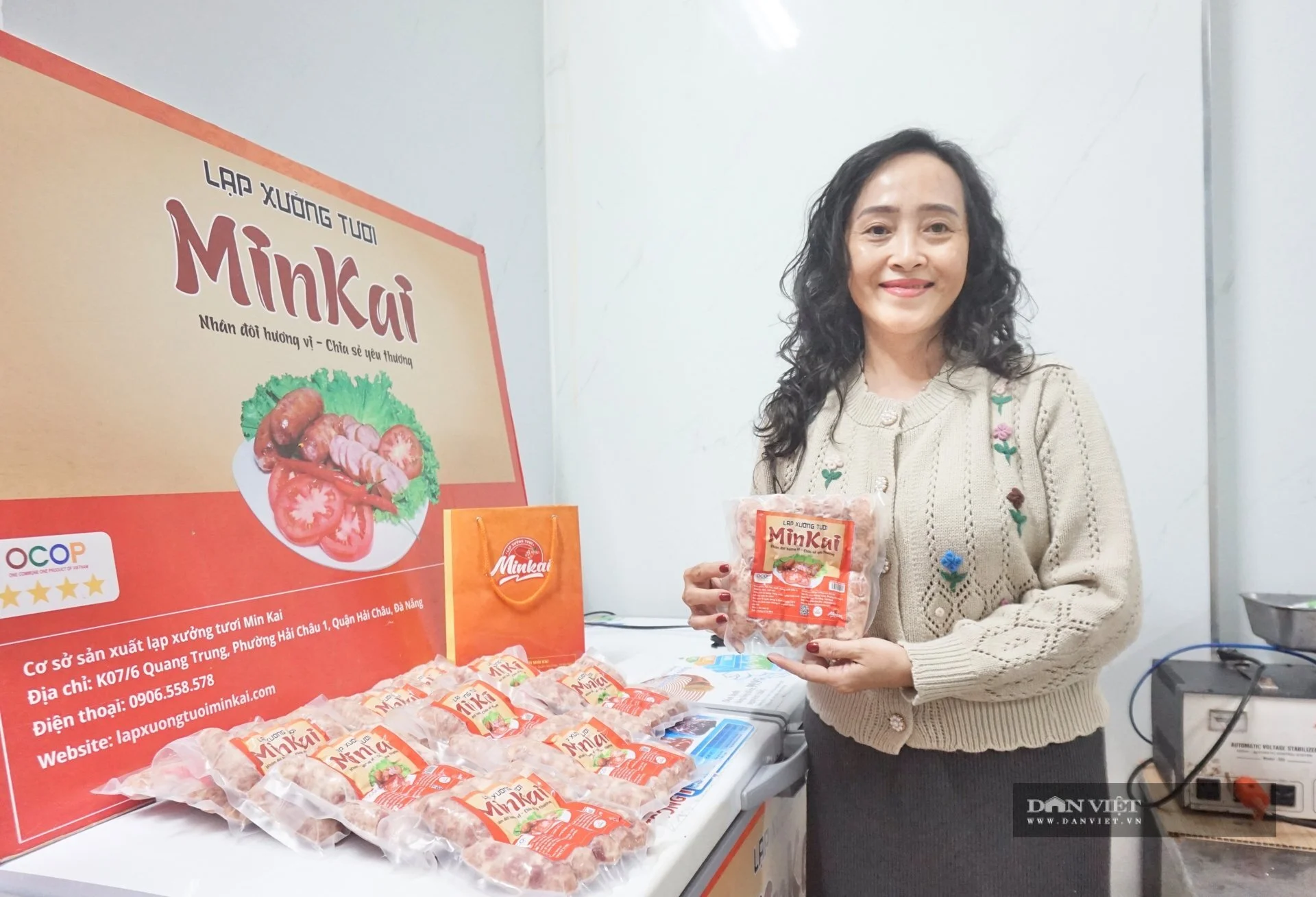












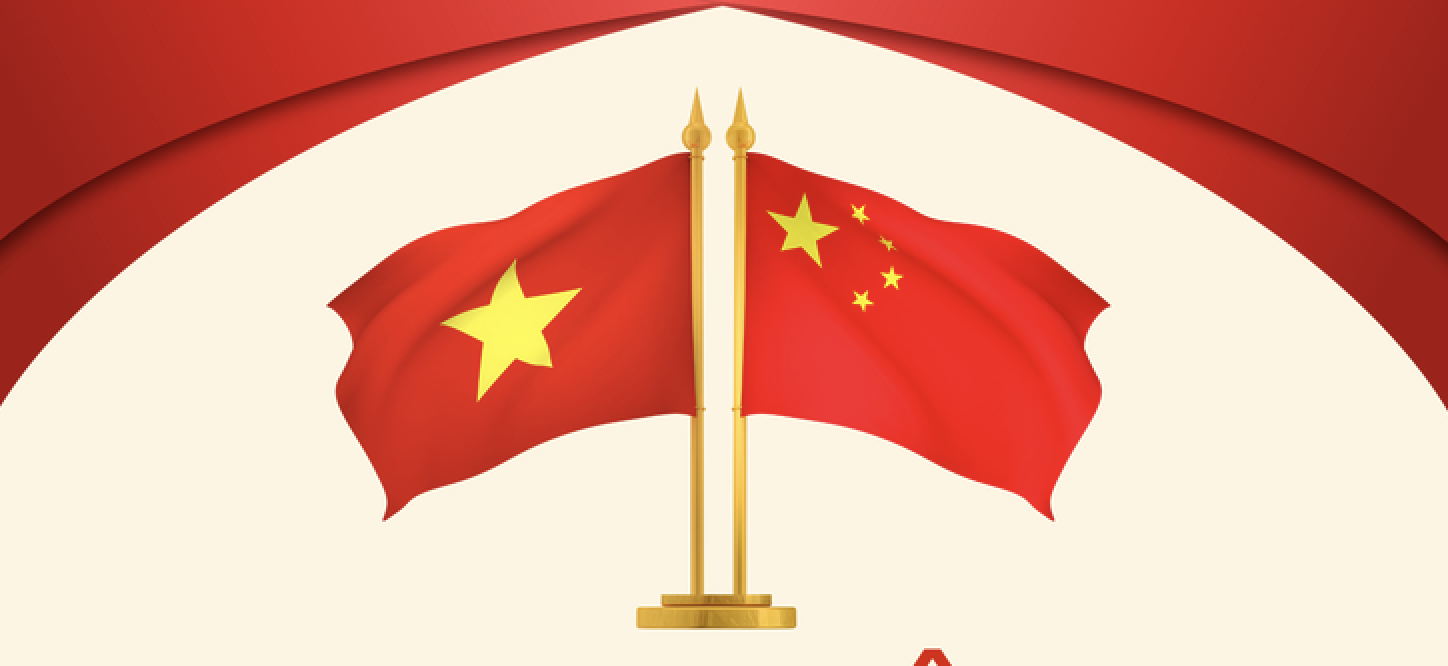
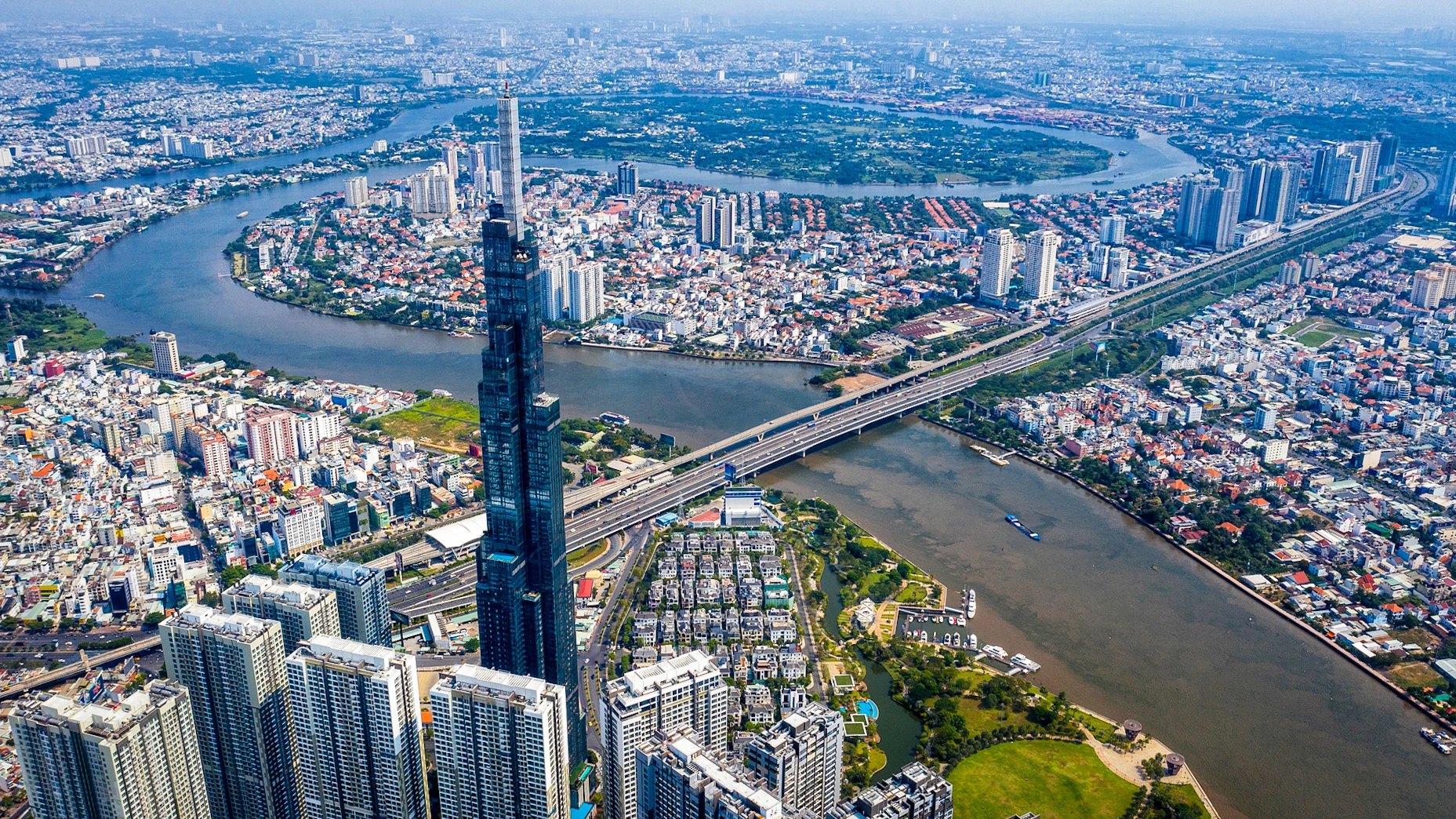

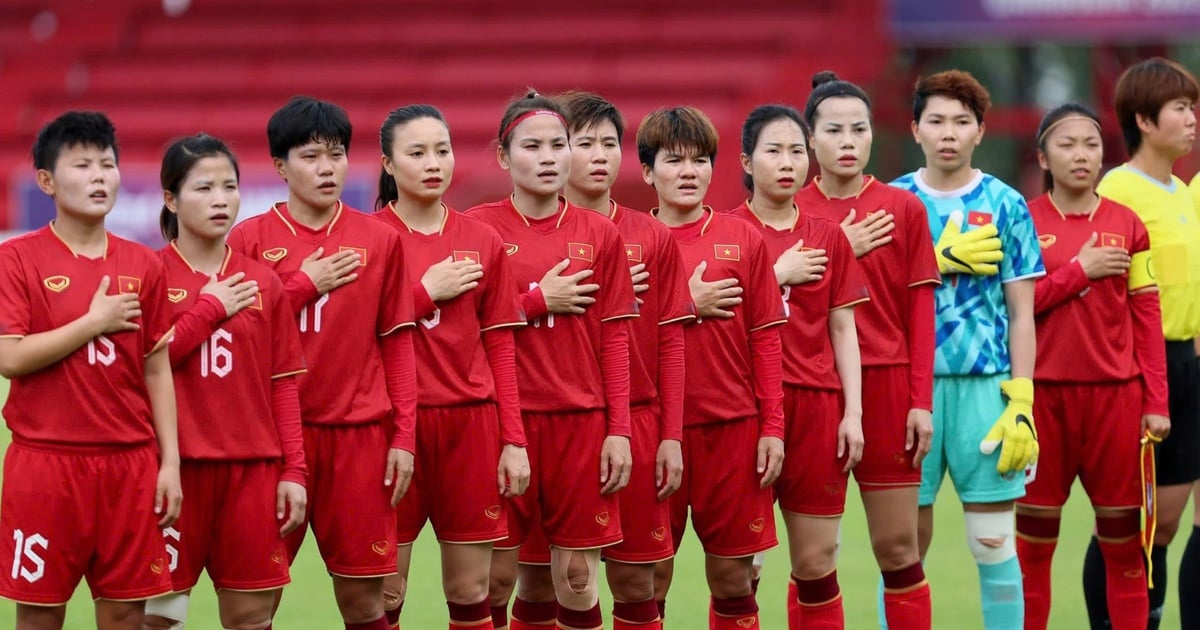
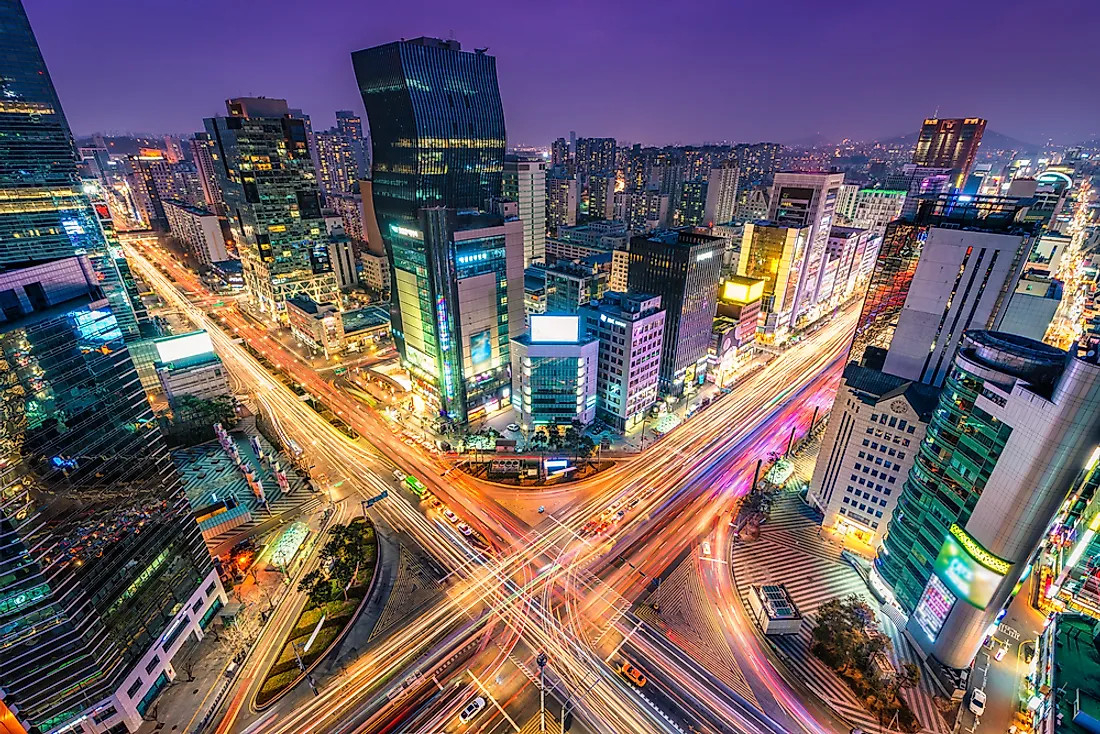

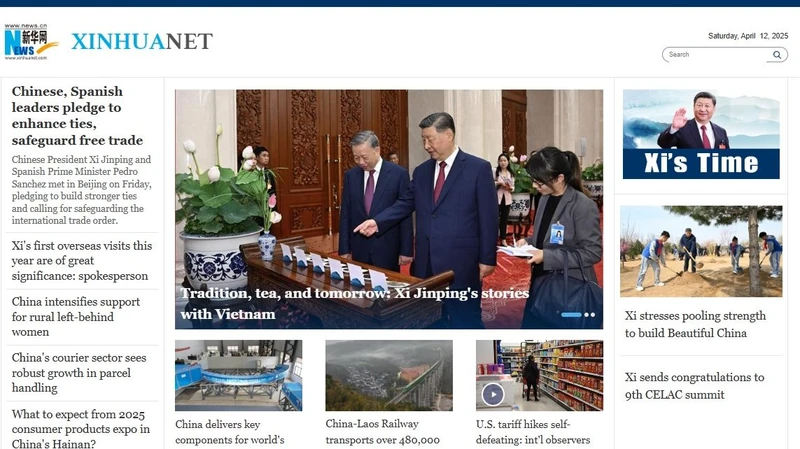
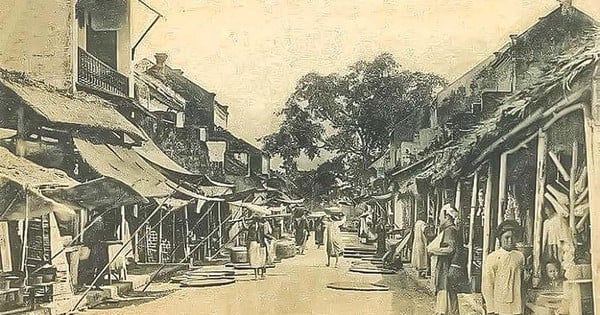

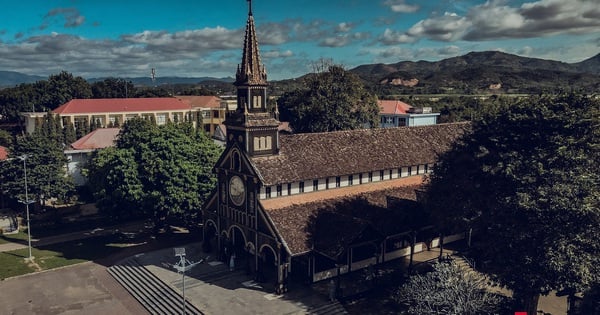
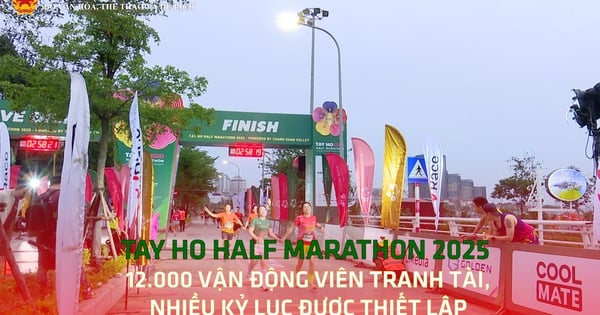
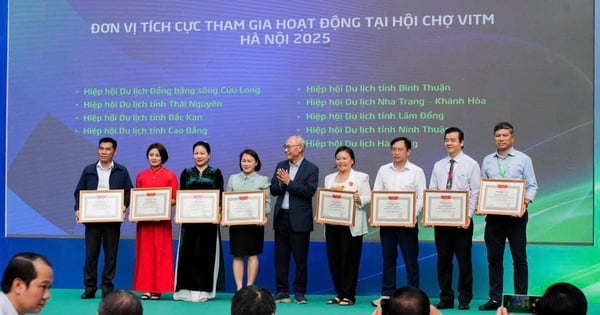






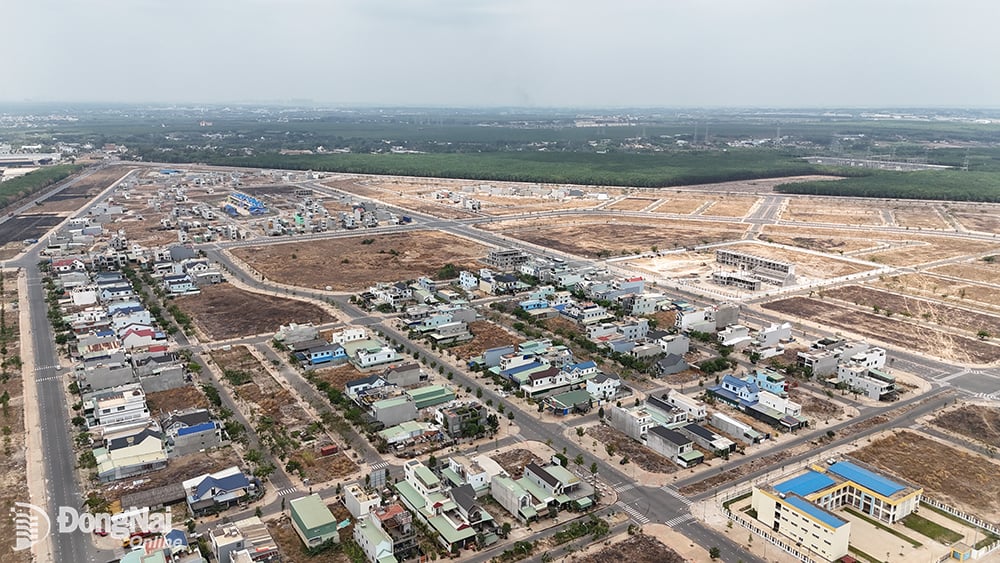

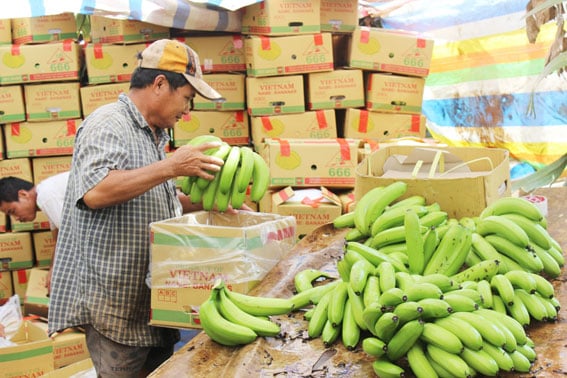


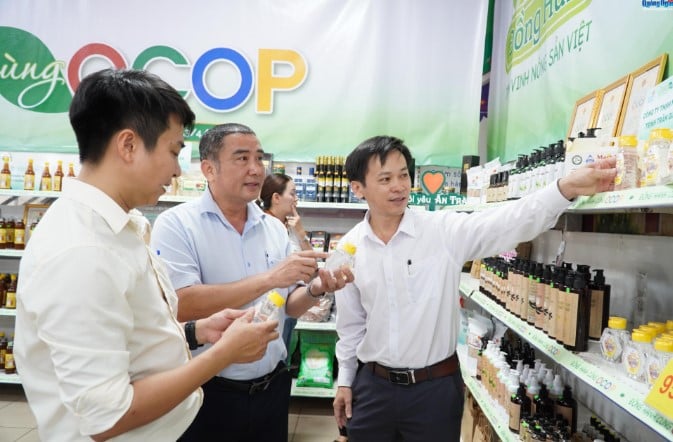








Comment (0)